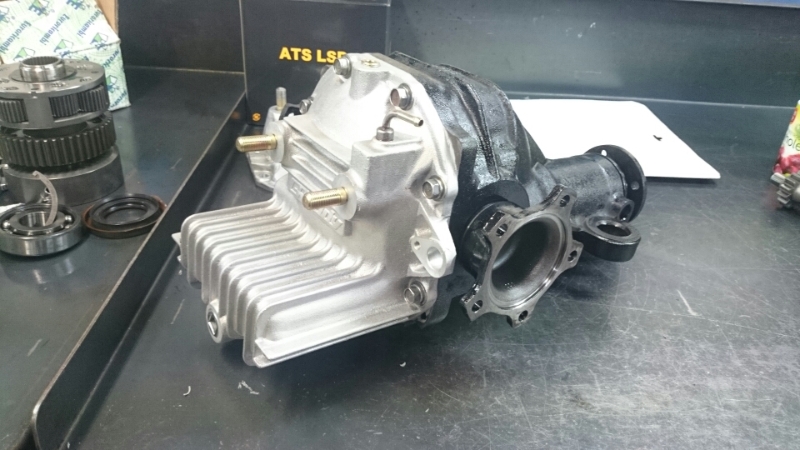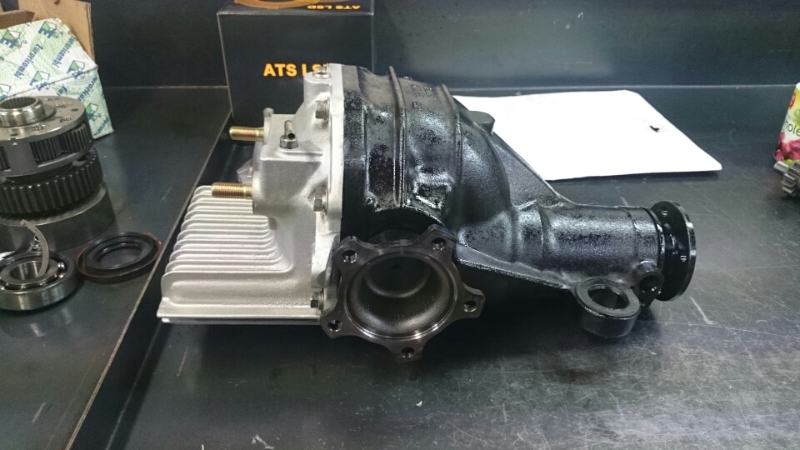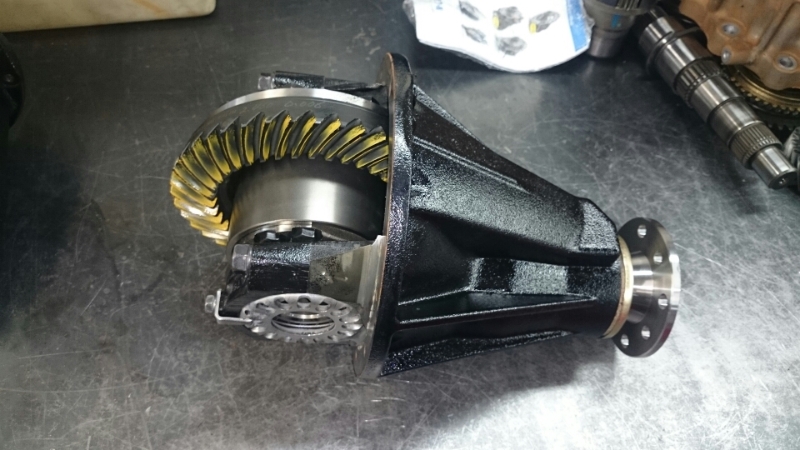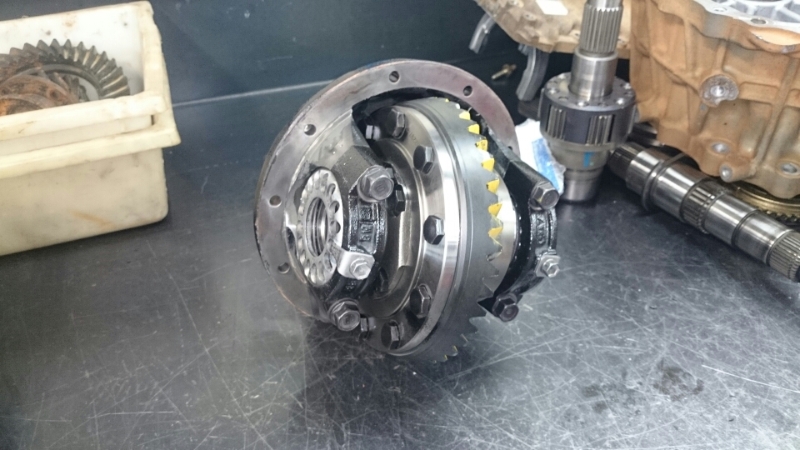Perth Differential Service
When your vehicle makes a turn, the outer wheel has to cover a greater distance than the inner wheel, necessitating the two wheels to rotate at different speeds. Your car differential is a mechanical component responsible for allowing the left and right wheels to rotate at varying speeds, enabling smooth turns.
Located between the two front wheels, the differential is connected to each wheel by the axle. In 4WDs, a separate differential exists for each pair of wheels, linked through a transfer case.
Our experienced technicians can complete a full service of your vehicle differentials in our Balcatta workshop. Get in touch to enquire today.
Due to a high volume of service bookings, our current lead time is approximately 4 weeks. All service bookings will require the vehicle for a full day from 8am, no exceptions.




FAQs
A car differential service is a maintenance procedure performed to ensure the proper functioning and longevity of the differential in a vehicle. The differential is a mechanical component that allows the left and right wheels to rotate at different speeds, which is crucial for smooth turns and overall vehicle performance.
The differential contains gears, bearings, shafts, and other internal components that require lubrication to function efficiently and prevent wear.
Differential fluid provides lubrication to the gears, bearings, shafts, and other internal components. Heat, pressure, and friction can slowly break down the additives in the differential fluid.
During a car differential service, the following steps are typically taken:
- Inspection: The technician begins by visually inspecting the differential for any signs of leaks, damage, or wear. This helps identify any potential issues that may require further attention.
- Draining the old fluid: The technician drains the old, potentially contaminated differential fluid from the unit. Over time, heat, pressure, and friction can degrade the additives in the fluid, and particles of metal and clutch material can mix with the fluid as they wear off.
- Cleaning and inspection of internal components: The technician may remove the car’s differential cover to inspect and clean the gears, bearings, shafts, and other internal components. This step helps identify any worn or damaged parts that may need replacement.
- Refilling with new fluid: The differential is then refilled with the manufacturer-recommended type and quantity of new fluid. The fresh fluid provides proper lubrication to the internal components, ensuring smooth operation and reducing the risk of wear and damage.
- Reassembly and testing: The technician reassembles the differential, ensuring all components are properly installed and secure. A test drive is performed to confirm that the differential is functioning correctly and efficiently.
Regular differential service can help extend the life of your vehicle’s drivetrain, improve overall performance, and reduce the chance of costly repairs and differential rebuilds in the future.
It is essential to follow the manufacturer’s recommended service intervals and consult a professional transmission technician if you suspect any issues with your vehicle’s differential.
Have a question?
